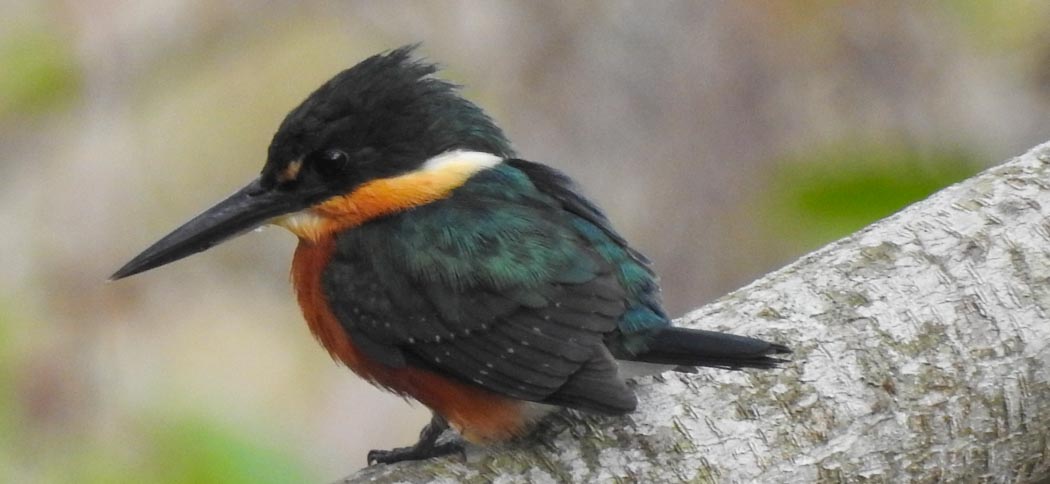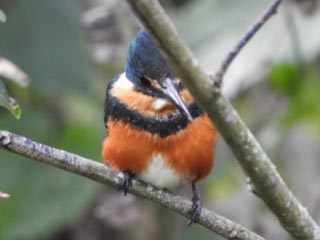
Strange Tails
We're delighted to have a strong population of strange-tailed tyrants at the reserve. So much so that we've adopted these beautiful and endangered birds as the symbol of the Trust
The growing diversity of the animals of Reserva Don Luis is a fresh source of delight every time we return. We don't play favourites, but it's impossible not to engage more with some of our more conspicuous guests. One of these is the strange-tailed tyrant. The male is stoic in his tolerance of one of nature's strangest - and it would seem least practical - adaptations. He's willing to suffer to be beautiful, and somehow manages to fly with tail feathers that were surely designed for a bird three times his size.
We love his perseverance; his resolution to succeed against challenge, and his ability to prove that anything is possible. He's appearing in growing numbers on the Reserva Do Luis, and his success has become an allegory for, and a symbol of, our own.
When we started the process of updating and redesigning our website, we wanted to adopt an image that symbolised our aims and our challenges. This brave little flycatcher, with his indomitable character, was the perfect choice.
The logo is a stylised profile of a male tyrant, silhouetted against the sunrise. We coloured the sun the blue of the Argentinian flag in honour of this country's beauty, its climate and the breathtaking span of magnificent animals that it nurtures.

Bat Research
Our bat team is conducting bat research both in the Ibera Marshes and in other provinces. We are especially concentrating on Misiones at the moment where we find the largest bat in Argentina, Chrotopterus auriitus and Myotis ruber, two species that we are researching.

American Pygmy Kingfisher
Martin Pescador Enano
This very rare tiny Kingfisher was spotted in our largest woodland at Reserva Don Luis in July 2020. There was a pair of them with evidence of nest building. The discovery was made by our current volunteer, Leo Geogardis.
This bird was not thought to exist in Corrientes until about a year ago. We are unsure if they were successful with a brood but they have since moved away from the area most likely due to our drought situation.
At only 11cm, this Kingfisher is strongly marked with dark green upperparts, orange throat divided from the red breast by a green band. the lower belly is white. The female is similar but lacks the green breastband. The photo above is of the female and the one below of the male.
Thank you to Alejandra Boloqui for the photograph.


